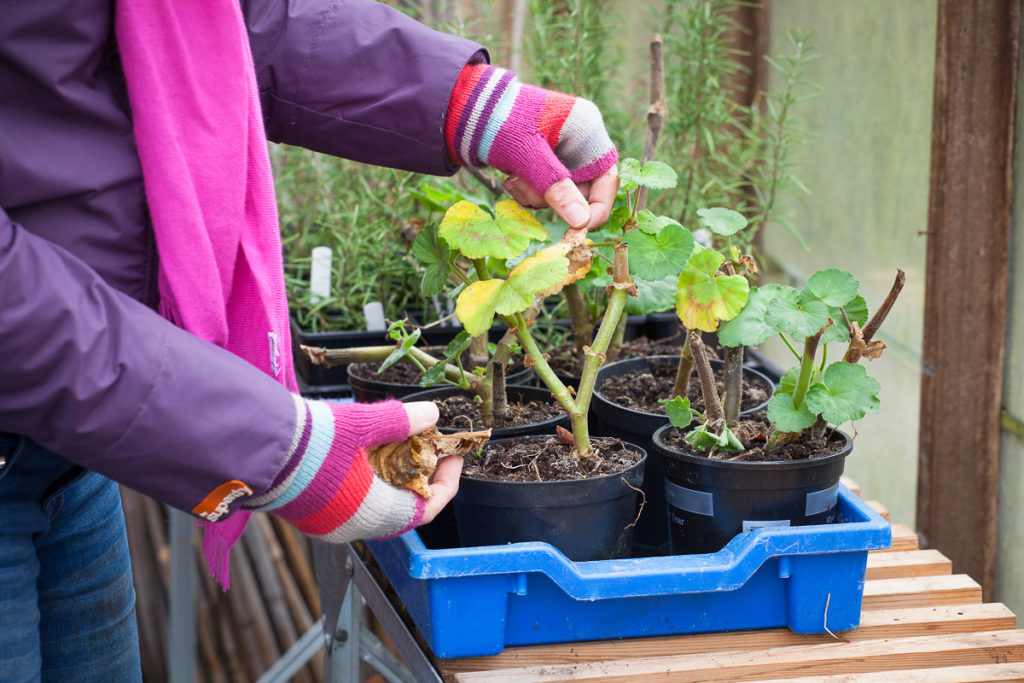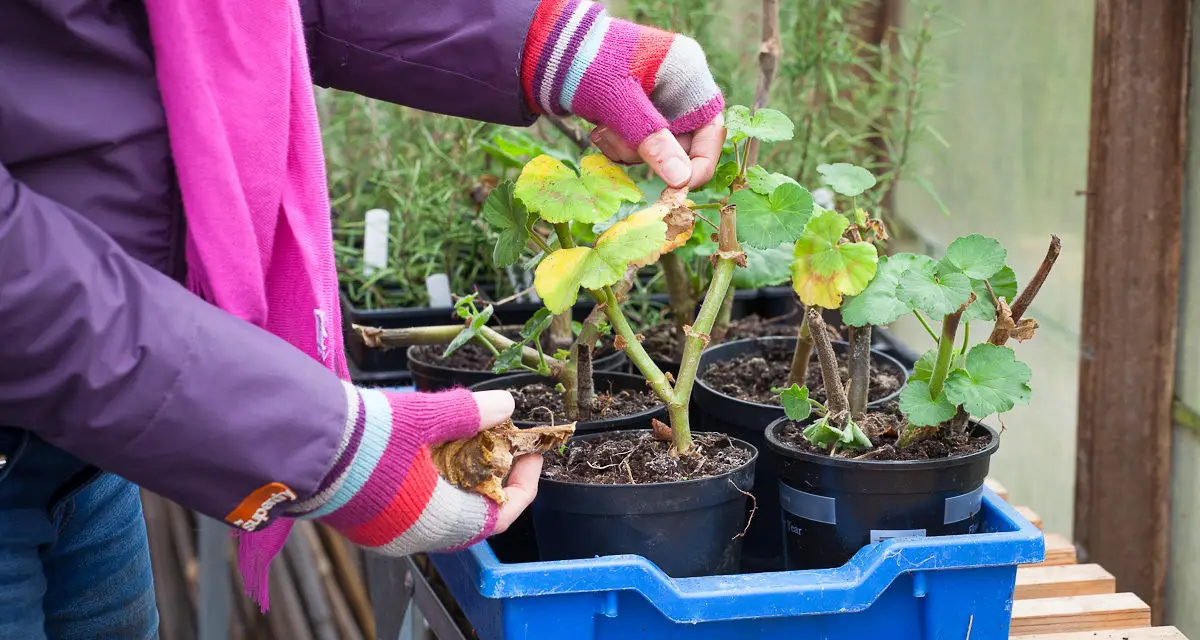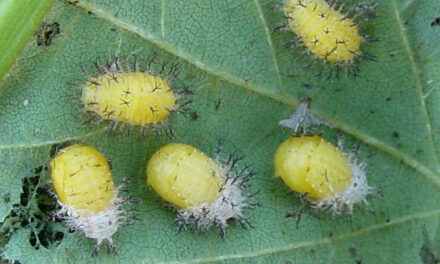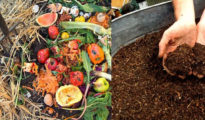As the days grow shorter and temperatures drop, gardeners everywhere know that winter is fast approaching. While it may be tempting to just let nature take its course and deal with the aftermath come spring, a bit of preparation now can ensure a healthier, more productive garden when the warmer months roll around. In this guide, we'll discuss some key steps to preparing your garden for winter and set it up for a vibrant spring start.

1. Clear Out Dead Plants and Debris
Dead plants, fallen leaves, and other garden debris can become a haven for pests and diseases. By removing these materials, you're reducing the risk of infestations and infections that could harm your plants next season.
Tip: Compost what you can! Many of the dead plants and organic debris can be added to your compost pile to break down over the winter, giving you rich compost to use in the spring.
2. Protect Perennials
Perennial plants return year after year, and protecting them can ensure they come back even stronger next season.
- Mulch: Apply a thick layer (about 2-4 inches) of organic mulch, like straw or shredded leaves, around the base of the plants. This helps to regulate soil temperature, retain moisture, and reduce the risk of freeze-thaw cycles which can damage roots.
- Pruning: Some perennials benefit from being cut back in the fall, while others prefer spring. Do a little research on the specific plants in your garden.
3. Plant Spring Bulbs
Late fall is the perfect time to plant bulbs that will bloom in the spring, such as tulips, daffodils, and hyacinths. These plants require a period of cold dormancy to bloom, making winter the ideal time for them to rest and prepare.
Tip: Plant bulbs at a depth of about 2-3 times their height, and make sure to plant them pointy side up.
4. Winterize Garden Beds
If you've harvested all you can from your vegetable beds:
- Remove any remaining plants and debris.
- Turn over the soil to disrupt any pests planning to overwinter.
- Consider planting a cover crop like clover or rye. These plants can protect the soil from erosion and will add organic matter when they're turned under in the spring.
5. Prep and Store Garden Tools
Cleaning, sharpening, and properly storing your garden tools can prolong their life and make your spring gardening tasks smoother. Remove soil from tools, sharpen blades, and oil moving parts to prevent rusting. Store them in a dry place.
6. Protect Trees and Shrubs
Young trees and shrubs, especially those with thin bark, are susceptible to cold temperatures.
- Wrap the bases with burlap or tree guards to prevent damage from freezing temperatures and pests.
- Water them thoroughly before the ground freezes. Moist soil retains heat better than dry soil, offering better root protection.
7. Maintain Bird Feeders and Baths
Winter can be tough for our feathered friends. Maintaining a consistent food and water source can not only help them survive the colder months but also keep them around your garden to help with pest control.
8. Plan for Next Year
Winter is an ideal time to reflect on what worked and what didn't in your garden. Consider keeping a garden journal. Jot down notes about plants that thrived, those that struggled, and ideas for next year's design. This reflection can help you make more informed choices for the next gardening season.
Winter preparation is more than just safeguarding against the cold. It's a proactive approach to ensuring a healthy, thriving garden come springtime. By following these steps, you're not just saying goodbye to this year's garden but setting the stage for next year's bounty. Happy gardening!
Expanded Tips on Preparing Your Garden for Winter
A Closer Look at Mulching
Mulch plays a multifaceted role in garden health:
- Insulation: Mulch acts as a blanket, protecting the soil from severe temperature fluctuations.
- Moisture Retention: It helps the soil retain moisture, preventing the drying out of roots in unpredictable winter conditions.
- Weed Suppression: Mulch can prevent weed seeds from germinating, giving your plants a better start in the spring.
Choosing the Right Mulch: Not all mulches are created equal. Organic mulches such as straw, leaves, or bark break down over time, enriching the soil. Inorganic mulches, like gravel or rubber, won't break down, but they don't add nutrients to the soil.
The Importance of Pruning
Pruning isn't just about aesthetics; it's about plant health.
- Disease Prevention: Removing dead or diseased parts of a plant can prevent the spread of diseases.
- Improved Growth: Proper pruning can stimulate growth, ensuring that the plant's energy is directed where you want it.
- Safety: For larger trees, pruning can remove potentially hazardous branches.
When to Prune: Timing is crucial. While many plants benefit from fall pruning, others, especially those that bloom early in the spring, are best pruned after they flower.
Understanding Cover Crops
Planting cover crops can significantly boost the health and fertility of your garden beds:
- Soil Health: Cover crops prevent soil erosion, improve its structure, and increase organic matter.
- Nutrient Boost: Certain cover crops, like legumes, can fix nitrogen from the air into the soil, naturally fertilizing it for the next season.
- Pest Control: Some cover crops can also act as natural pest deterrents.
Choosing a Cover Crop: Depending on your region and soil needs, popular choices include clover, winter rye, and hairy vetch.
Tool Maintenance
The longevity and effectiveness of your gardening tools largely depend on how well they're maintained:
- Cleaning: Soil and sap left on tools can be a magnet for diseases and pests. Use a wire brush or putty knife to remove dried soil, and consider soaking tools in soapy water to loosen stubborn dirt.
- Sharpening: A sharp blade makes tasks easier and cleaner. Use a sharpening stone, file, or even specialized tool sharpeners.
- Storing: Hang tools or store them off the ground to prevent them from staying damp and rusting. Regularly oil wooden handles and metal parts.
The Benefits of a Garden Journal
A garden journal is an invaluable tool:
- Track Growth: Note down when plants sprout, flower, or bear fruit. Over time, you'll understand your garden's rhythm better.
- Pest and Disease Management: Record outbreaks and how you dealt with them. This history can be a guide for preventive measures.
- Crop Rotation: If you're growing vegetables, rotating crops can prevent soil-borne diseases and nutrient depletion. Your journal can help plan rotations.
A garden isn't just a summer project. Its year-round care and the efforts made during the colder months often dictate the successes of the warmer ones. So, as winter approaches, embrace the tasks that will help spring's garden flourish.



















